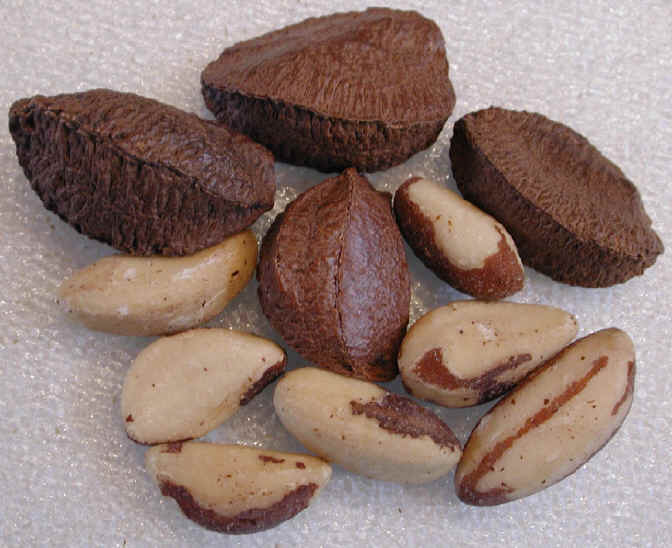 This week is the last week of 'Prostate Cancer Awareness' month and next week is the first week of 'Breast Cancer Awareness' month. Following is the 'His' column to be followed next week by the 'Hers' column.
This week is the last week of 'Prostate Cancer Awareness' month and next week is the first week of 'Breast Cancer Awareness' month. Following is the 'His' column to be followed next week by the 'Hers' column.
Prostate prospects prostituted?
Big news in the mainstream press noted a popular male baldness drug treatment prevented prostate cancer. A study to that effect was published in the New England Journal of Medicine.
The drug finasteride (marketed as Propecia and Proscar) reportedly reduced the incidence of prostate cancer by 25 per cent. This was at a high level of use five times the dosage normally recommended for the drug.The results of this drug trial were noted as promising.
"This trial proves that prostate cancer, at least in part, is preventable. It is a huge step forward for cancer research", said Dr. Peter Greenwald, director of the National Cancer Institute's Division of Cancer Prevention and Control.
It was reported that the drug manufacturer plans to seek an expedited decision to allow marketing of this drug as a prostate cancer preventative as soon as possible.
Small step backward
Another report several years before by the mainstream press noted a mineral prevented prostate cancer. A study to that effect was published in the Journal of the American Medical Association.
The essential mineral selenium (called a trace element because its need is so small) reportedly reduced the incidence of prostate cancer by 63 per cent. This was at a moderate level of use though more than consumed in common diets, yet still much less than the amount consumed in other healthful diets.
The results of this nutrient study were noted with considerable caution.
"It's one study with provocative findings that have to be confirmed. We do not recommend supplements", said the same Dr. Greenwald as above, then as now director of the National Cancer Institute's (NCI) Division of Cancer Prevention and Control.
Greenwald called for additional studies (as in more than one) with many more people before going forward with any selenium recommendations.
Huh?!?!?!?
The drug study excitedly recommended by a prominent NCI Director was much shorter with less than a few hundred men and much less than half the benefit of the nutrient study conducted for more than a decade with more than 1,300 men though somehow decidedly not recommended by the same NCI doctor.
More comparisons
The drug finasteride did exhibit some troubling aspects in the new study. Those tumors that did develop had a greater likelihood of being more aggressive. Impotence was another side effect that presented itself.
The mineral selenium on the other hand exhibited other promising aspects in the previous study completed more than a decade ago. Those who developed cancer while on selenium survived cancer 50 per cent more than those not on selenium. Other studies have noted that higher selenium levels combat impotence.
The cost of the finasteride drug therapy of 5 milligrams is about $5 daily or more.
Cadmium again
A Georgetown University study related the mineral cadmium (a toxic, heavy metal) to cancer and to adverse changes in the prostate about the same time as the drug study previously noted. That again ties directly to selenium.
Selenium combines with cadmium to remove it from the body. The more cadmium you have in your body the more that selenium will be used to dispel it from your body. Reduced selenium levels have been noted for decades to render one more susceptible to cancer.
Cadmium is a common air contaminant due to burning of fossil fuels. It is also abundant in shellfish, liver and kidney. Cigarette smoking is another significant source of cadmium. Also consumption of refined flours and sugars contributes to increased cadmium levels.
How is your addition?
Let's sum things up.
A high dosage level of the optional drug finestrade has been shown to reduce prostate cancer by 25 per cent at a cost of about $5 daily or more. There are also side effects as with any drug and some of them may be quite serious. In some instances cancer may even be worse.
Meanwhile, the essential mineral selenium taken in an amount only a tiny fraction of the drug has been shown to reduce prostate cancer by more than twice that of the drug (63 per cent) at a cost that is just a small fraction of the drug price … or less. There are also side benefits associated with the mineral including better survival rates if one does get cancer.
So… what answer do you come up with for prostate cancer?
Christopher C. Barr writes Naturally Speaking from Arkansas: The Natural State … naturally! You may write him at Post Office Box 1147, Pocahontas, Arkansas 72455 or by e-mail at servantofYHVH@hotmail.com.




















 Stumble It!
Stumble It!
No comments:
Post a Comment